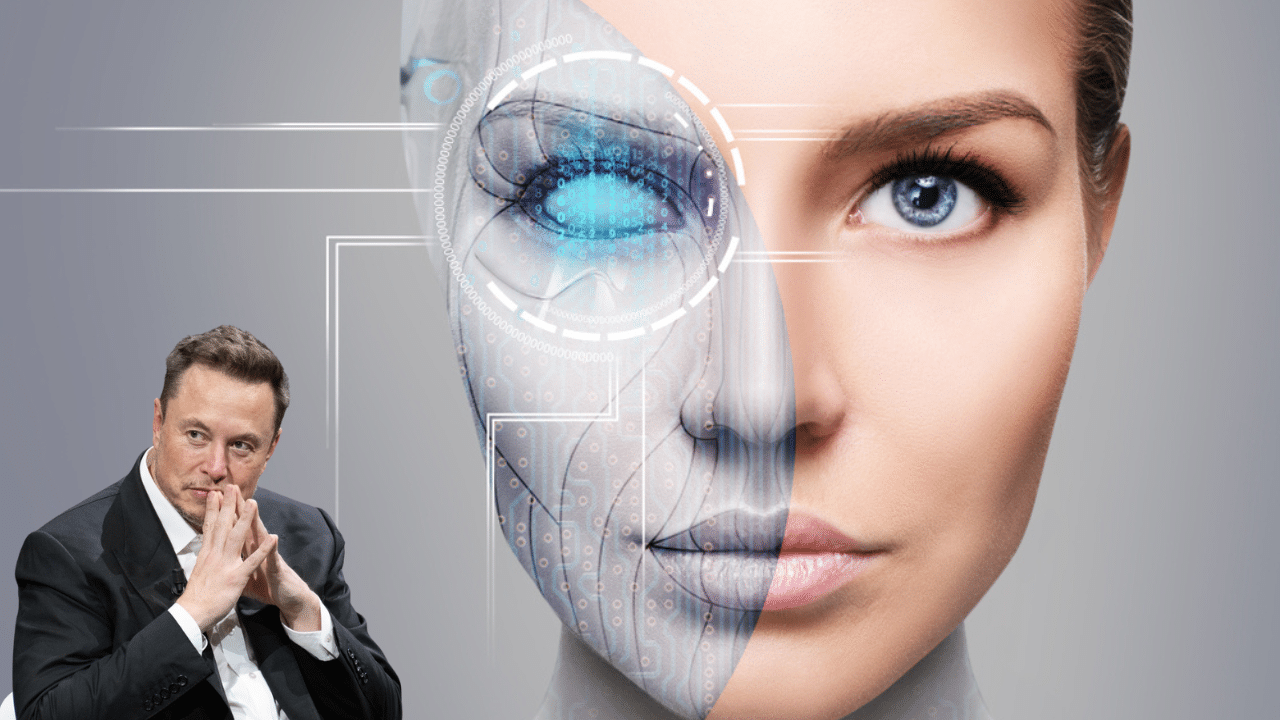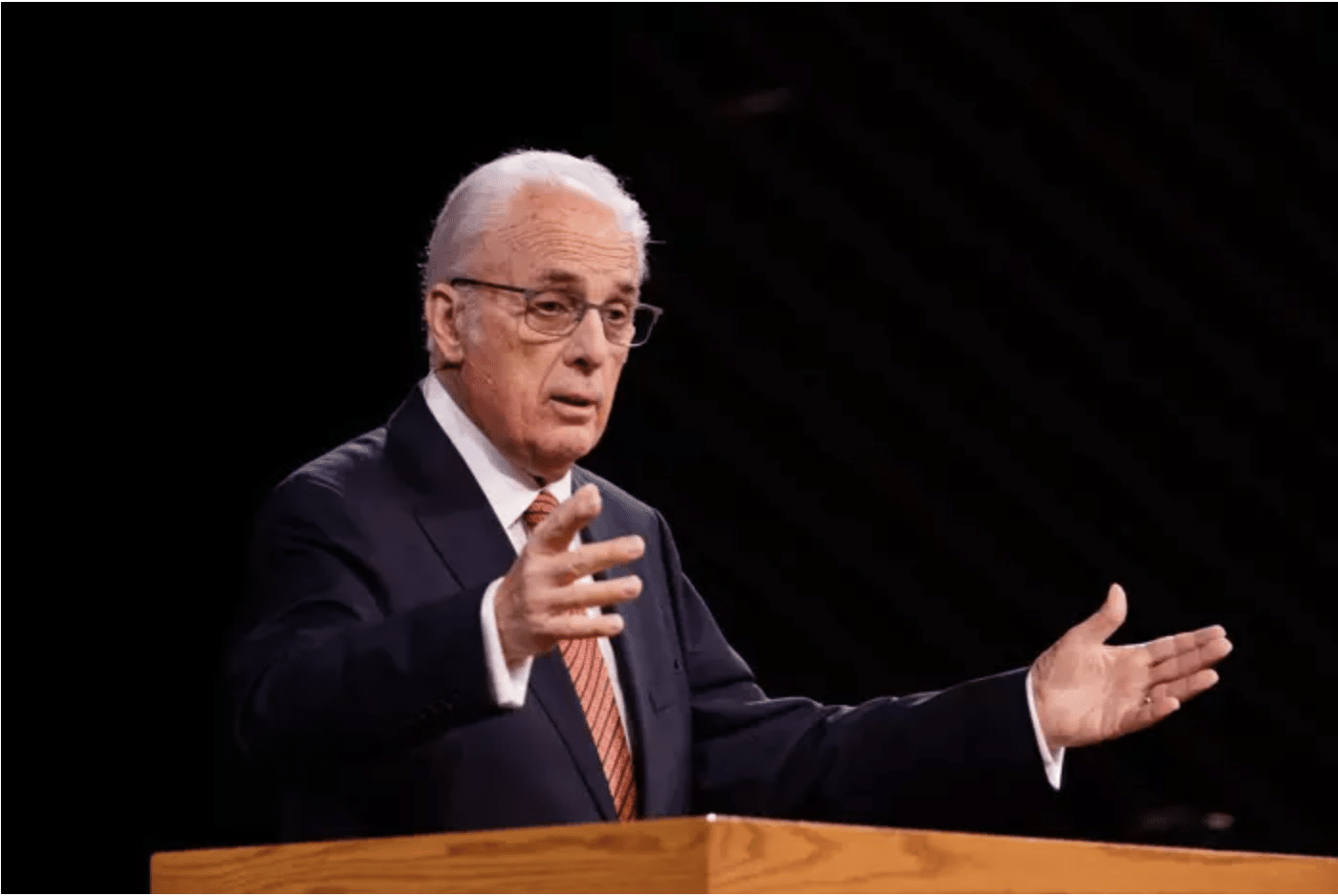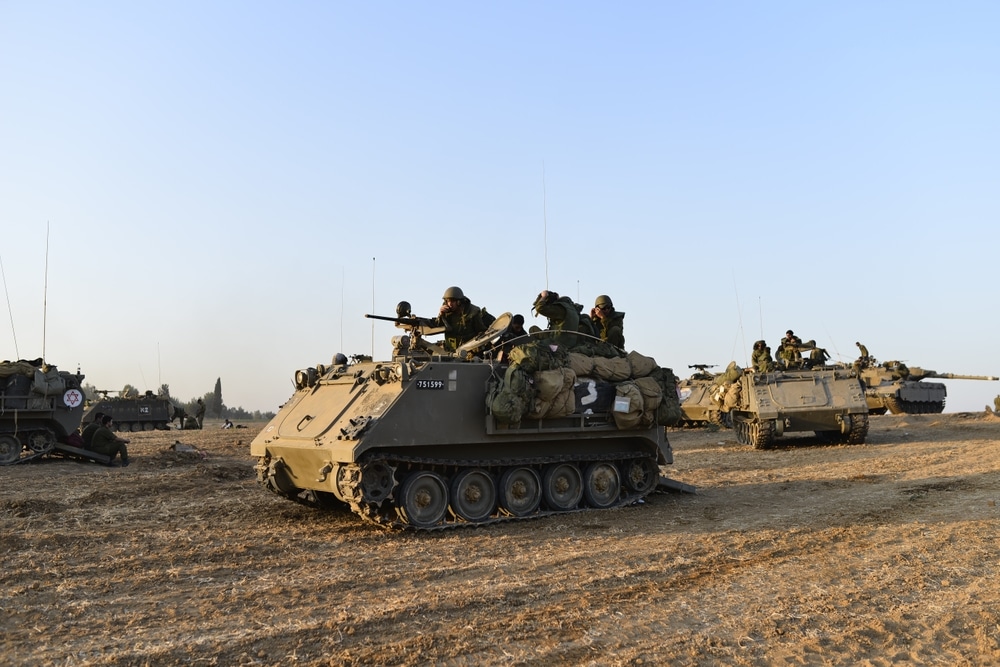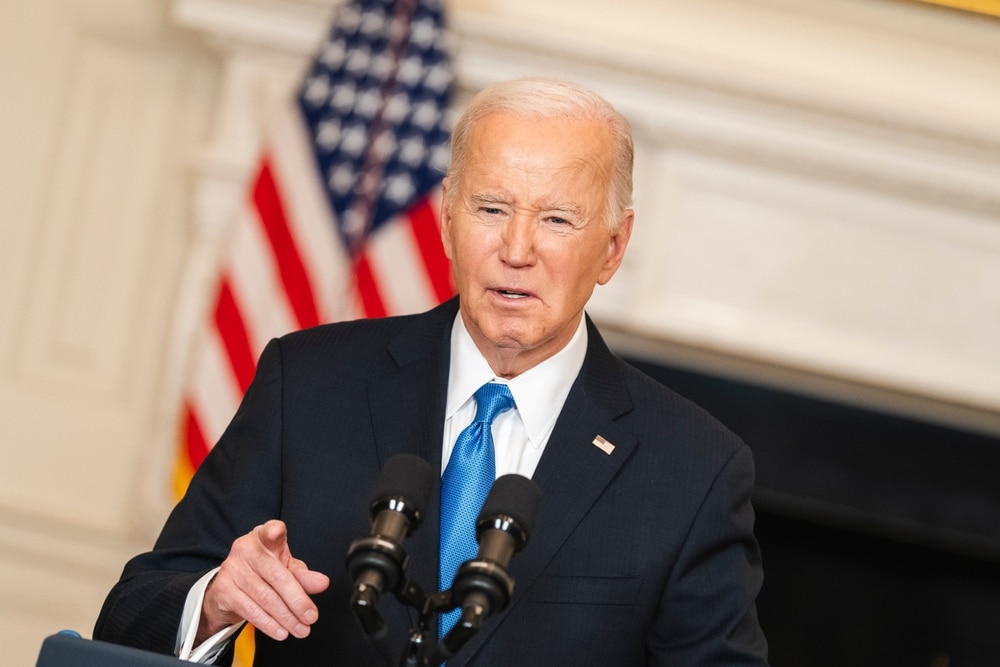Elon Musk’s Neuralink brain chip company has inserted its first device in a human, according to the billionaire CEO. Musk has previously revealed big plans for the chip and we’ve rounded up some of them below.
Musk went into detail about his plans for his Neuralink brain chip during a Q&A session on the Clubhouse app in 2021.
“You could probably save state in the brain. So if you were to die your state could be returned in the form of another human body or a robot body,” he said. The billionaire compared this saving process to backing up a video game.
“There could be something analogous to a video game, like a save game situation, where you are able to upload your last state… Maybe lose a few memories but mostly be you,” he explained.
It’s also hoped the Neuralink brain chip will be able to help humans compete with artificial intelligence. Musk has previously expressed concerns that humans could face an AI extinction event if they don’t take action to compete with the technology.
While attending the UK’s global AI Safety Summit late last year, Musk said, “There is some chance, above zero, that AI will kill us all. “I think it’s slow but there is some chance.”
One of his long-term goals is for people to reach “symbiosis with artificial intelligence.” That means he wants humans to reach a state in which they coexist with AI in a mutually beneficial relationship. He thinks a brain chip could be one way to do this.
Musk has also said that his brain chip could be used to treat people with brain injuries. A few years ago at the Wall Street Journal’s CEO Council Summit, he said his plans for Neuralink are to first implant the chips in humans that have severe spinal cord injuries.
“I think we have a chance with Neuralink to restore full-body functionality to someone who has a spinal cord injury,” the tech CEO said at the Summit.
The billionaire thinks it could be possible for the chip to “make up for whatever lost capacity somebody has.” We don’t yet know who received Musk’s first brain chip or whether they were suffering from an injury before implantation.


















